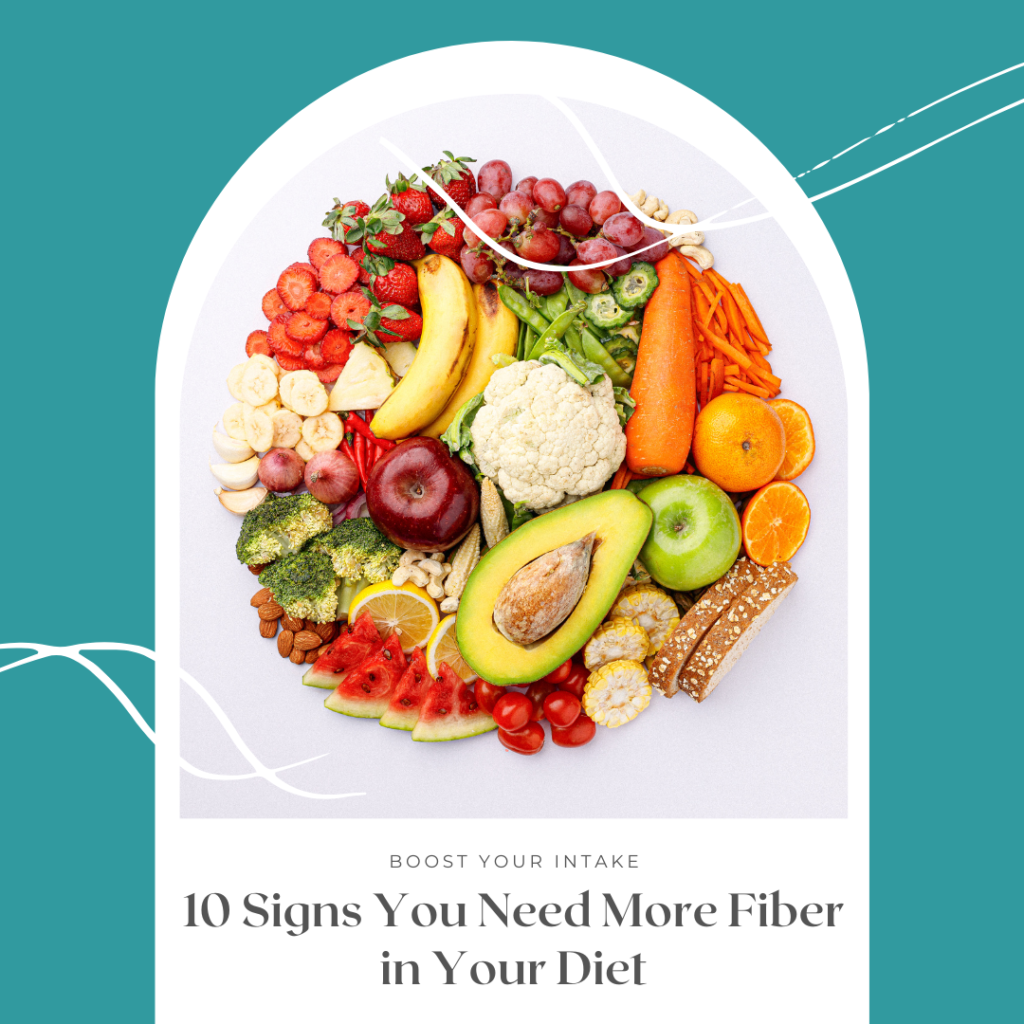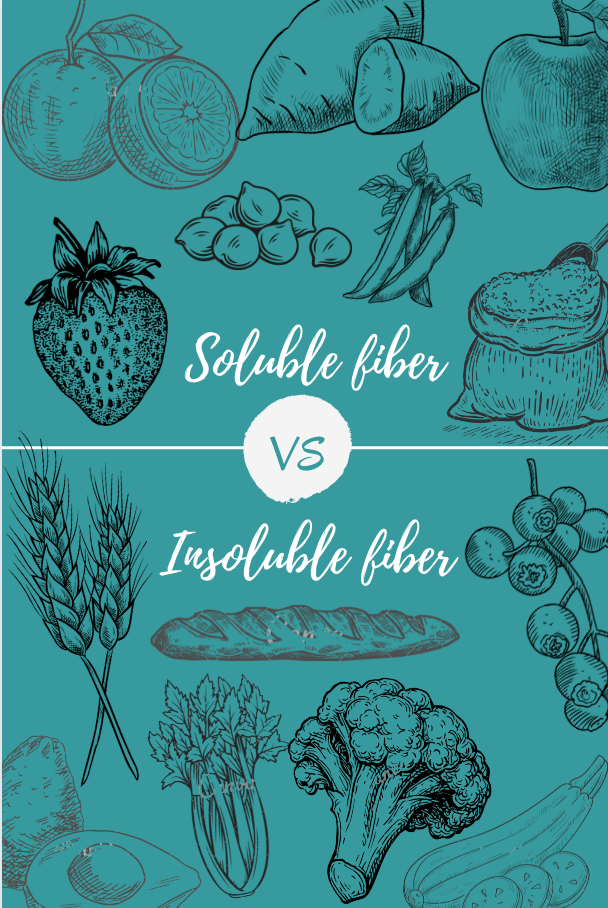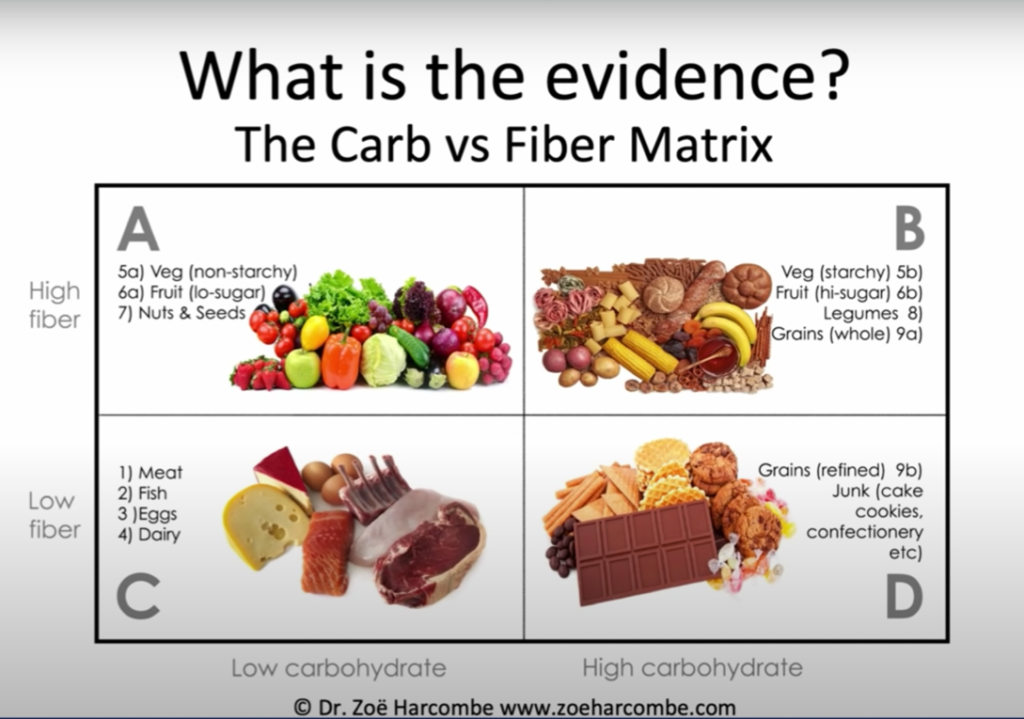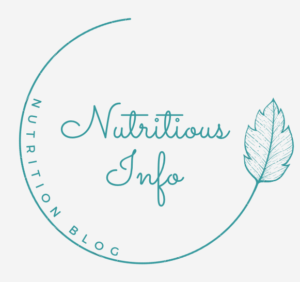
Before jumping to the 10 signs of fiber de, you need to know what is fiber to begin with. Fiber, an essential carbohydrate, is often overlooked in our diets. And when we say essential, it means, it is a must to include in our diet, because we can’t make it. Unlike other carbs, fiber isn’t broken down into sugar; it passes through our digestive system relatively intact. Found primarily in plant-based foods, fiber is categorized into two types:
- Soluble Fiber: Dissolves in water, forming a gel-like substance. It regulates blood sugar levels and lowers cholesterol. Foods rich in soluble fiber include oatmeal, nuts, beans, apples, and blueberries.
- Insoluble Fiber: Does not dissolve in water and adds bulk to stool, helping with bowel regularity. Found in whole wheat, carrots, cucumbers, and tomatoes.

*Some fruits and vegetables contains both type of fiber with different proportions. Mainly, you’ll know the difference by what they do when they are in water… beans and oats for example, thickens and become like a gel when they are in water. However, corn, wheat and most vegetables do not suck water.
Current recommendations for dietary fiber intake is 14 g/1000 kcal.
Why Fiber is Crucial for Health
fiber plays a pivotal role in overall health:
- Cardiovascular Health: Studies show that fiber intake is associated with lower rates of coronary heart disease, stroke, and other cardiovascular diseases. It also helps reduce hypertension, obesity, and dyslipidemia. Additionally, studies found that it lowers cholesterol levels in our blood. As it binds in the small intestine with the cholesterol (mainly the LDL, bad ones), for excretion in the feces. In addition, another possible mechanism is the fermentation of fibers in the colon. Which then, produce short-chain fatty acids that lower the cholesterol.
- Diabetes Management: Higher fiber consumption is linked to lower diabetes prevalence. It improves glycemic control and reduces the need for medication in individuals with diabetes.
- Weight Management: Fiber-rich foods help control appetite and are more filling, aiding in weight management and obesity prevention. The soluble type, especially can slow the gastric emptying. Which will make you full for longer time.
- Digestive Health and Immunity: Fiber acts as a prebiotic, feeding beneficial gut bacteria that enhance immunity and protect against infections.
There are more benefits shared by Dr. Berg. You will notice at the beginning of the video, he emphasized that he is talking about the vegetable fibers, and NOT grain fiber. What I want to say is, choose your fiber wisely.
I watched recently a video of Dr. Zoe Harcombe- what is fiber?. She shared the Carb vs Fiber matrix box that she made… (as shown in the picture).
She said that the guidelines aim to make us in box B “the high carbohydrates/ high fiber”. She highlighted a really interesting point to keep in mind. Most of the evidence and studies available about fiber, compared those who are consuming what are in box B with those who are consuming whatever in box D. Clearly, 2 extreme groups, and obviously there is going to be a huge difference in lifestyles, education level, environment… etc. As a result, the studies mostly concluded that whatever in box B is promising and better for health… Forgetting that what we really need is what’s in box A. More natural, real and ESSENTIAL food. She added that guidelines before 2005, never mentioned the need to consume FIBER. Rather, they straightforwardly call for an increase in the consumption of vegetables, fruits.
Read 8 Tips For Healthy Eating.

10 Signs You Need More Fiber in Your Diet
Given its numerous health benefits, it’s crucial to recognize when your body is signalling that it needs more fiber. Here are 10 signs that call for the need to increase your fiber intake:
- Frequent Constipation
If you’re experiencing regular constipation, it could be a sign you’re not getting enough fiber, particularly insoluble fiber. This type helps move food through your digestive system more efficiently.
- Constant Hunger
Feeling hungry shortly after eating could indicate a lack of fiber. Fiber helps you feel full longer, as it slows down digestion and stabilizes blood sugar levels.
- Weight Gain
Since high-fiber foods are more filling, they can help control your appetite and reduce overall calorie intake. If you’re gaining weight despite not eating more, a low-fiber diet might be to blame.
- Blood Sugar Spikes
Frequent spikes and drops in blood sugar can signal insufficient fiber, especially soluble fiber, which helps regulate blood sugar levels by slowing the absorption of sugar.
- High Cholesterol
Soluble fiber can help lower cholesterol levels by binding to cholesterol in the small intestine, aiding its excretion. Elevated cholesterol might be a sign that your diet lacks enough soluble fiber.
- Digestive Discomfort
Experiencing frequent bloating, gas, or other digestive discomforts could indicate a lack of fiber. Fiber helps maintain a healthy digestive tract by feeding beneficial gut bacteria.
- Low Energy Levels
If you’re constantly feeling fatigued, a low-fiber diet might be affecting your energy levels. Fiber helps to keep blood sugar levels stable, preventing energy crashes.
- Hemorrhoids
Straining during bowel movements can lead to hemorrhoids. Adequate fiber intake ensures softer stools, reducing the need to strain and helping prevent hemorrhoids.
- Poor Skin Health
Emerging research suggests a link between gut health and skin health. Since fiber promotes a healthy gut, insufficient fiber might contribute to skin issues like acne or dullness.
- Infrequent Bowel Movements
If you’re not having regular bowel movements, you might need more fiber. Both soluble and insoluble fibers aid in maintaining regularity, ensuring that waste is expelled efficiently.
Mistakes to Avoid When Increasing Fiber
- Taking Fiber All at Once: Gradually increase your fiber intake to prevent excessive gas, bloating, and loose stools. Aim to increase by about 5 grams per week until you reach the recommended intake.
- Relying on Packaged Foods: Processed foods might have hidden sugars and trans fats. Opt for natural, whole foods to get your fiber.
- Drinking Less Water: Fiber, especially soluble fiber, absorbs water. Drink plenty of fluids to help fiber move smoothly through your digestive system and prevent constipation.
Conclusion
Recognizing those 10 signs that you need more fiber and understanding its benefits can significantly improve your health. Make sure to include a variety of fiber-rich foods in your diet, mainly vegetables and fruits. And increase your intake gradually while staying hydrated. Balance and moderation are key to reaping the full benefits of fiber.
Refrences:
- Anderson, J. W., Baird, P., Davis, R. H., Ferreri, S., Knudtson, M., Koraym, A., … & Williams, C. L. (2009). Health benefits of dietary fiber. Nutrition reviews, 67(4), 188-205.
- https://www.hsph.harvard.edu/nutritionsource/carbohydrates/fiber/
- https://www.youtube.com/watch?v=4KrmpK_Lckg&ab_channel=LowCarbDownUnder
- https://www.livestrong.com/article/13731069-how-to-add-fiber-to-diet/

So helpful
Thank you!!
you are more than welcome <3
This is a very informative breakdown of fiber and its importance in our diet. It clearly explains the difference between soluble and insoluble fiber, highlighting their unique benefits and where to find them in everyday foods. A great reminder of how essential fiber is for maintaining overall health!
I love how you made the information easy and clear. Now I’ll put more thought into my diet!
Ensuring I get enough fiber every day is a real struggle. I appreciate the breakdown of soluble and insoluble fiber as I was not clear on that. Great post!
Very informative blog post – thanks for sharing.
you are more than welcome <3
This is very helpful information, thank you!
Great post on fibre! I don’t know why, but I am certain I don’t eat nearly enough fibre – I tend to skip breakfast, not an excuse – but yes, I’m glad I read this post because I am sitting here with a bloated tummy!
These are great tips regarding fiber. Thank you for sharing. ☺️
Pastor Natalie (Examine This Moment)
Letstakeamoment.com
Great information and i like your soluble vs insoluble graphic!
Very informative guide to the benefits of fiber. Thank you for the guide on how to introduce them back into your diet.
Very helpful. Thanks for sharing this information.
Interesting article. I did not know that I may be tired because of lack of fibre. I should trial it for a bit and see if it is going to improve. Great article.
my sugar spikes a lot! wow, i didn’t knew this, thank you
Pingback: How our digestive system works? - Nutritious nutritious info
Pingback: 5 Healthy Carbohydrates Choices - nutritiousinfo